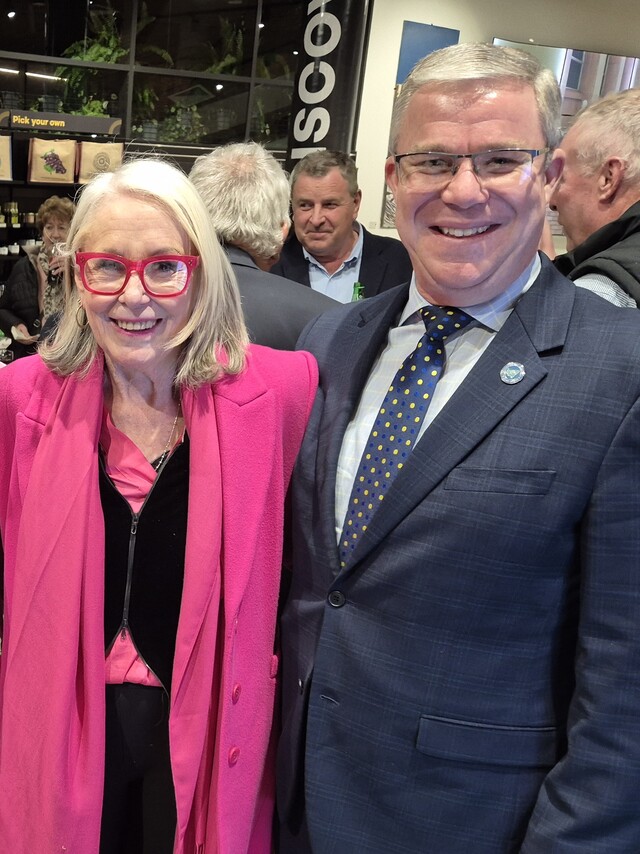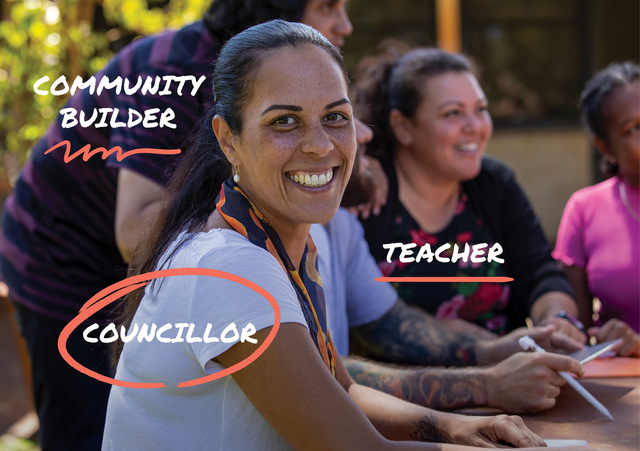The City of Gosnells is tackling the issues of urban growth, taking a leadership role in the implementation and development of new urban growth models, which balance the social, environmental and economic objectives of the City. Gosnells is located some 17 kilometres south east of Perth CBD and has a population of 85,000. It is the fourth largest municipality in WA in terms of population, but ranked thirteenth in terms of revenue. Consequently the City is tackling strong growth pressure, an average of 73 new dwellings a month, with limited means.
From a growth management perspective the City was cited as a model of World Class Planning Best Practice at the 2001 New York Congress of New Urbanism, for its implementation of the Department of Planning & Infrastructure WA Community Code.
“The drivers to a new approach came out of broad community consultation undertaken as part of the development of the City’s Strategic Plan in 1998/99,” said Mayor Pat Morris. “The issues which emerged related to community safety, environmental quality and economic opportunities, which set the City on a path towards developing more sustainable approaches to its planning and operations.”
The planning model used by Gosnells applies the principles of sustainability, in its broadest sense, to urban development at both macro and micro levels.
“Structure Planning being undertaken for the growth areas of Canning Vale and Southern River was refocused away from traditional suburban approaches, such as car dominated, separated walled estates and big box retail, to embrace the principles of the WA Community Code which sought interconnected neighbourhoods, dispersed mixed use centres, transit oriented development and accommodation of the pedestrian,” said Gosnells Chief Executive Officer, Stuart Jardine. “In 2001, the Canning Vale Outline Development Plan was approved, which placed these concepts into a statutory planning framework.”
Simultaneously, the City of Gosnells embarked on a major research study into the relationship between acts of crime and urban form, the largest study of its type ever undertaken in the Southern Hemisphere. The study found a strong correlation between certain urban form and the risk of crime, with particular risk associated with illegible subdivision form, walls and fences facing onto public areas, cul-de-sacs with pedestrian accessways and a lack of passive surveillance such as overlooking.
“Our SafeCity Urban Design Strategy was launched by the Premier of Western Australia, Geoff Gallop, late in 2001, and is shaping the development of policies and Local Laws from front fencing and residential design guidelines to subdivision requirements and park development,” Stuart Jardine said. “Significant progress is being made with respect to the City’s approach to planning for sustainability, including the development of the City’s first comprehensive Local Planning Strategy, which will provide the vision for the development of the City over the next 10 years.
“While requiring up front investment by the City, it is recognised that the long term benefits for the community are considerable.”
For further information, contact Stuart Jardine on (08) 9391 3200.







